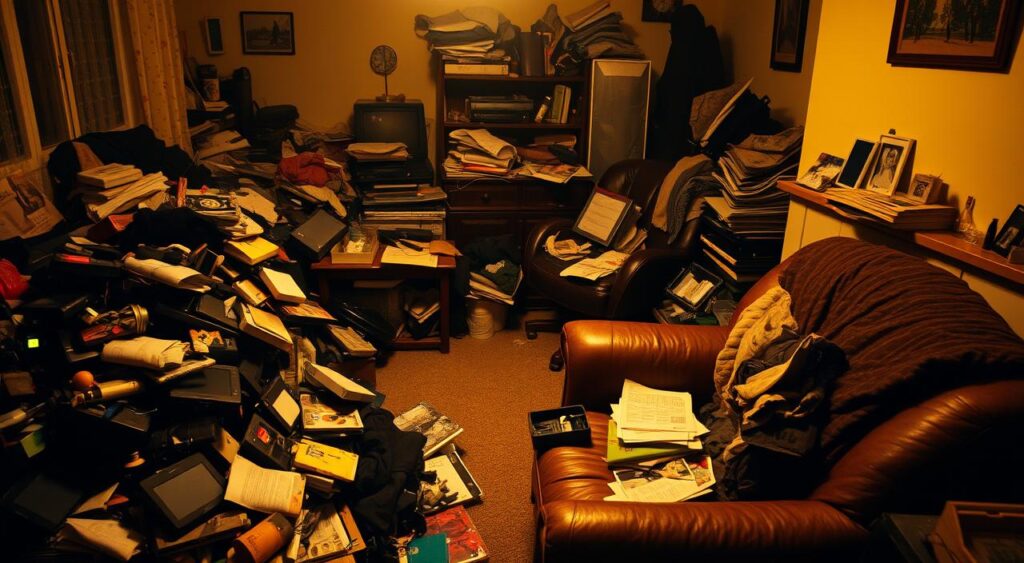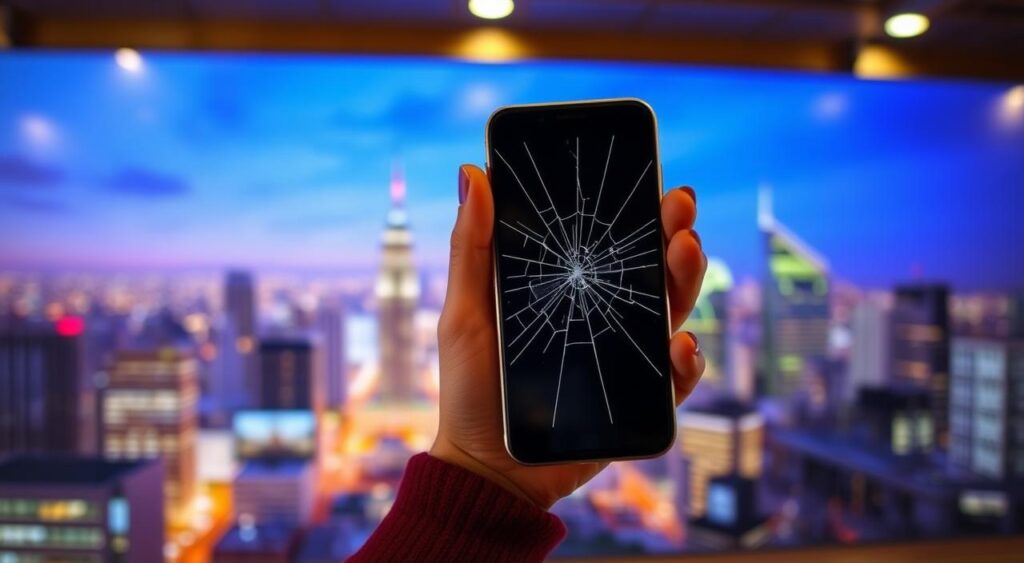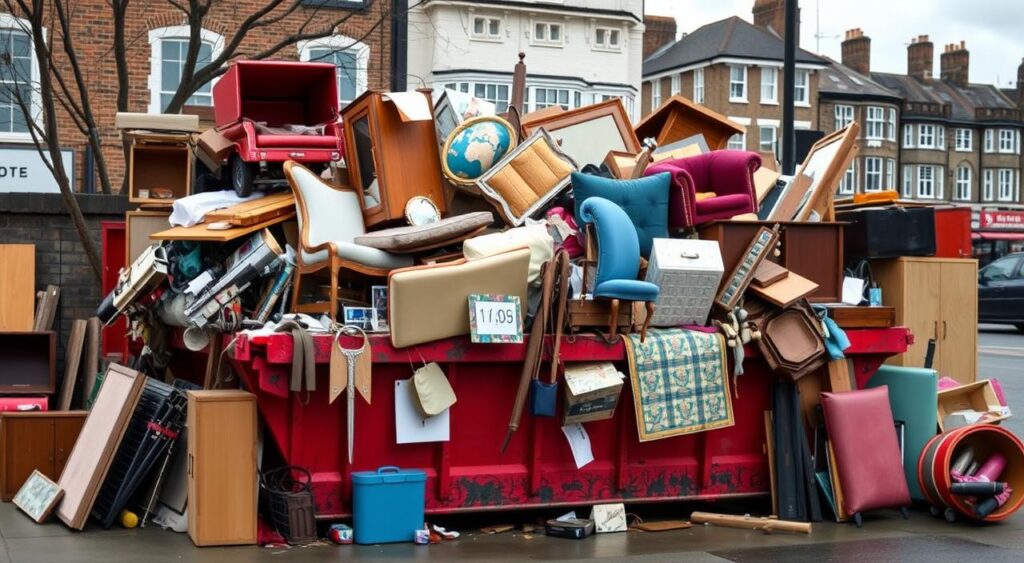From leafy townhouses in Camden to shared flats in Hackney, clutter quietly builds up behind closed doors across London. When the time comes to clear it all out, the contents of skips and bins reveal a surprising truth—people in London throw away more than they realise, and much of it still holds value.

This hidden layer of waste offers a window into the city’s relationship with consumption, fashion, electronics, and environmental awareness. Let’s take a deeper look into what people in London secretly throw away and how better choices can lead to a cleaner, more sustainable capital.
Key Takeaways
- Londoners frequently discard valuable items including electronics, furniture, and clothing.
- London produces around 7 million tonnes of waste every year.
- E-waste and fast fashion are major contributors to landfill overflow.
- Many discarded items are reusable, recyclable, or could be donated.
- Conscious disposal habits can dramatically reduce waste across the city.
London’s Hidden Waste Problem
Despite its reputation for innovation and sustainability, London has a waste problem hiding in plain sight. The city generates approximately 7 million tonnes of waste annually, with households responsible for about 1 tonne each per year. A large portion of this ends up in landfills—often unnecessarily.
Among the most commonly discarded items are electronics, furniture, clothing, and food—many of which are still functional or usable. This points to a culture of overconsumption and rapid replacement.
Why Do Londoners Throw Away So Much?
Several reasons drive the high volume of discarded goods:
| Cause | Description |
|---|---|
| Convenience | It’s easier to throw items out than sell, donate, or repair them. |
| Rapid Lifestyle Changes | Moving house or redecorating prompts quick disposal decisions. |
| Fashion and Tech Trends | Fast-changing trends lead to discarding perfectly good items. |
| Lack of Storage | Space limitations in London homes push people to purge more frequently. |
In many cases, it’s not that items are no longer needed—they’re simply no longer wanted.
Working Electronics in the Bin

London’s e-waste problem is significant. Functional smartphones, tablets, laptops, and other electronics are often tossed out during tech upgrades. The fast pace of technological change means devices become outdated quickly, even if they still work.
Common Discarded Electronics
- Smartphones less than 3 years old
- Cables, chargers, and adapters
- Video game consoles and accessories
- Headphones and speakers
- Small kitchen electronics like blenders and toasters
These devices contain valuable metals like gold and copper, yet many are discarded rather than recycled. This contributes to both resource loss and environmental contamination.
Learn how to recycle electronics properly on Recycle Your Electricals
Furniture That Deserves a Second Home

Moving house or redecorating often means parting with furniture that is nearly new. Some of the most frequently dumped items include:
- Sofas and armchairs with no visible damage
- Wooden tables and chairs
- IKEA-style storage units
- Mattresses that could be recycled
Donating or reselling these items through platforms like Freecycle, Gumtree, or British Heart Foundation furniture collections can prevent unnecessary landfill contributions.
Fast Fashion’s Hidden Toll
One of the most shocking categories of waste is clothing—especially unworn, designer garments still bearing price tags.
What’s Being Thrown Out?
- Designer dresses and suits
- Shoes worn only once
- Bags and accessories still in packaging
- Seasonal wardrobes discarded every few months
This waste reflects the impact of fast fashion and London’s highly trend-sensitive consumer culture.
👗 Tip: Swap unwanted fashion items at Clothes Swap London or donate to local shelters.
Kitchen Gadgets and Edible Food
London’s kitchens are often the scene of waste that’s both wasteful and avoidable.
Waste Highlights:
- Single-use gadgets like waffle makers and juicers
- Unopened spices, oils, and sauces
- Containers discarded during kitchen redecorations
- Large amounts of edible food past “best before” but not spoiled
🔎 Tip: Use apps like Too Good To Go or Olio to share food before it’s wasted.
Personal and Sentimental Items Lost Forever
During hasty clear-outs, it’s common for Londoners to discard irreplaceable personal items, including:
- Photo albums and letters
- Diaries and journals
- Children’s artwork and school projects
- Family memorabilia from deceased relatives
While these items may seem unimportant during the rush of a move, they often carry deep emotional weight that is only recognised once they’re gone.
Harmful Items That Shouldn’t Be Skipped
Many people don’t realise that certain everyday items are harmful if not disposed of correctly. These include:
| Item | Why It’s Harmful |
|---|---|
| Batteries | Leak toxins into soil and water |
| Paint and chemicals | Pollute air and waterways |
| Cleaning products | Contain hazardous substances |
| Electronics | Contain heavy metals and plastics |
| Motor oil and antifreeze | Can poison ecosystems if leaked |
♻️ Always use your local council’s hazardous waste collection service or visit London’s Reuse and Recycling Centres
How Londoners Can Reduce Waste
Reducing what people in London secretly throw away starts with daily awareness and smarter consumption habits:
- Donate Before You Dump: Local shelters, schools, and charity shops accept a wide range of items.
- Sell or Share: Platforms like Vinted, Facebook Marketplace, and Olio offer fast ways to find a new home for unwanted goods.
- Upcycle and Repurpose: Turn storage boxes into organisers or transform old shirts into cleaning cloths.
- Educate Your Household: Make disposal and recycling guidelines part of your weekly routine.
Smart Alternatives to Skipping
| Waste Type | Better Option |
|---|---|
| Clothing | Donate to local shelters or swap events |
| Electronics | Use manufacturer take-back or recycle schemes |
| Furniture | Schedule charity pickups |
| Kitchen Items | Post on community sharing apps |
| Hazardous Waste | Take to designated recycling centres |
Conclusion: Let’s Change the Narrative Around Waste
What people in London secretly throw away tells a powerful story about modern life, consumption, and missed opportunities. From fully functional tech to sentimental treasures and designer fashion, these discarded items reflect both convenience and wastefulness.
But change is possible.
By donating, recycling, and repurposing, Londoners can drastically reduce their environmental impact. Every conscious disposal choice contributes to a cleaner city and a better planet.
So next time you’re clearing out your home, ask yourself—does this really belong in the bin?





